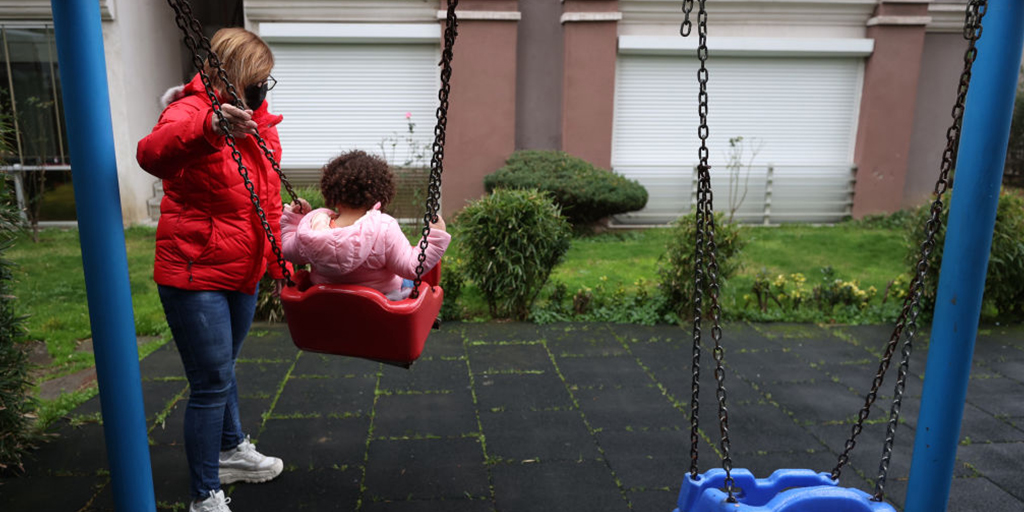Poverty Matters for Children’s Well-being, but Good Policy Can Help – Child Trends

Conclusion
Despite recent progress in reducing child poverty, there continue to be high numbers of contemporary children who are growing up in poverty. These children are more exposed to environmental toxins, crime, schools with inadequate resources, food insecurity, inadequate housing, and parental stress—that is, they are more at risk from contexts that lack the nutrients that children need to thrive academically, physically, socially, and emotionally. The loss to these children and their families from birth onward is not inevitable, as prevention and mitigation approaches can enhance their well-being and their contributions to the larger society. Changing their trajectories calls for effective solutions to stabilize families economically and ensure that children’s developmental needs are met during difficult times. Effective solutions will include structural changes to mitigate the effects of powerful economic upheavals, as well as long years of discrimination and socioeconomic inequity.
Historically, rates of child poverty in the United States have been considerably higher in other developed countries, suggesting that child poverty is not an insurmountable problem. Just as many sources of child poverty have their roots in social structures, our social policies and investments offer powerful solutions. Recognizing the importance of addressing systemic inequities in education, health care, employment opportunities, and other avenues toward economic well-being, effective solutions must encompass a range of strategies. These include strengthening investments in child care, K-12 and higher education, job training programs, and health care. Solutions should also include strengthening family and community supports, such as initiatives that foster collaboration between the systems with which children and families interact, the communities in which they live, local businesses, and community-serving nonprofit organizations.
This brief has also highlighted the strong evidence base on programs and policies that reduce child poverty and mitigate its influence on child development by ensuring that parents have the resources and emotional resilience for supportive and stimulating childrearing. Moreover, the COVID-19 pandemic shone a light not only on the problems associated with child poverty, but also on new policy solutions. For example, the American Rescue Plan’s expansion of the Child Tax Credit in 2021—in the wake of high levels of unemployment during the pandemic—was the most significant anti-poverty investment in decades, reducing poverty by 30.0 percent during the six months it was implemented. Additional analyses also found that the expanded Child Tax Credit did not negatively impact employment or labor force participation. Due to its expected impact on improved child health, educational attainment, and longer-term outcomes, one study has estimated that the American Rescue Plan’s expanded Child Tax Credit in 2021 will have generated approximately $800 billion in societal benefits (for example, from additional tax revenues from increased earning and reduced health care costs and lower expenditures for crime and child protection services). This represents a rate of return on investment of nearly eight to one. This example highlights the strong potential of public policy to ameliorate child poverty and the broad societal benefits to doing so.
Acknowledgements
The authors would like to thank Martha Zaslow, Kristen Harper, and Lina Guzman for their thoughtful reviews and comments on earlier drafts of this brief. We would also like to thank Edwin Crockett and Dominique Martinez for their skilled research assistance and fact-checking support.

